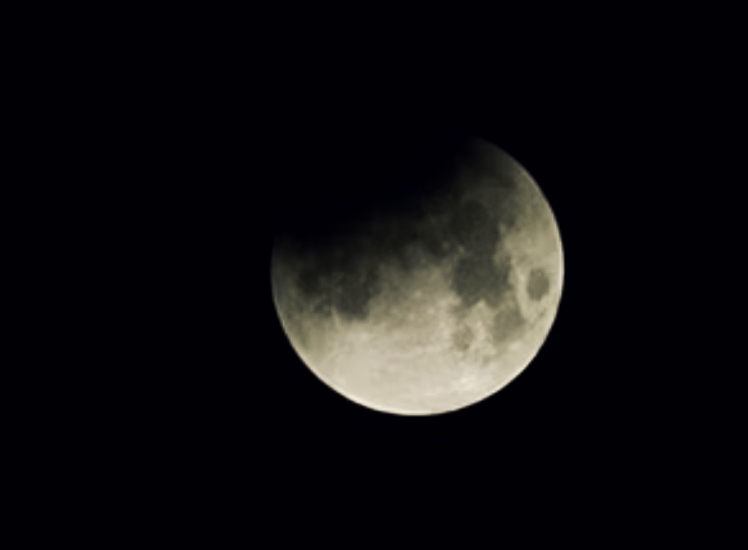
On March 24th, 2024, an astronomical spectacle will grace the skies: a lunar eclipse, where the moon dips into Earth’s shadow, coinciding with the vibrant festival of colors, Holi. This rare celestial event has sparked immense excitement among skygazers and revelers alike, particularly in India, where Holi holds significant cultural and religious importance. The lunar eclipse expected to occur on March 25, will be a Penumbral lunar eclipse. But the burning question on everyone’s mind remains: will this lunar eclipse be visible in India?
Timing of Lunar Eclipse 2024
According to Space.com, the penumbral lunar eclipse will begin at 10:24 AM Indian Standard Time (IST), reach its maximum at 12:43 PM IST, and conclude by 3:01 PM IST.”As the full moon rises during the late evening of March 24 into the early morning hours of March 25, it will travel through the Earth’s penumbra, or the faint outer part of its shadow. This is called a penumbral eclipse,” a NASA blog reads.
Will the Lunar Eclipse be visible in India?
While the penumbral eclipse will remain visible to all of North and South America, the skywatchers in India will not be able to view the phenomenon. The lunar eclipse will be visible in parts of Ireland, Belgium, Spain, England, South Norway, Italy, Portugal, Russia, Germany, the United States, Japan, Switzerland, Netherlands and France.
The Synchronicity of Holi and the Lunar Eclipse
Holi, known as the festival of colors, is celebrated with immense enthusiasm across India. It marks the arrival of spring and symbolizes the victory of good over evil. Traditionally, celebrants engage in joyful revelry, dousing each other with colored powders and water, fostering a sense of unity and merriment.
The convergence of Holi with a lunar eclipse adds an extra layer of significance to both events. While Holi is deeply rooted in Hindu mythology and tradition, the lunar eclipse holds astronomical importance, symbolizing the interconnectedness of celestial bodies and earthly festivities.
What is a penumbral lunar eclipse?
There are three types of lunar eclipses, total lunar eclipse, partial lunar eclipse, and penumbral eclipse – NASA. During a penumbral eclipse, the Moon will find its way through the penumbra or the faint outer part of the Earth’s shadow. This causes the Moon to dim slightly making the eclipse hard to observe. During this phenomenon, the Sun, Earth, and the Moon, will be aligned in a straight line where our planet will be positioned in the middle. The Earth will cast a shadow on the surface of the Moon resulting in the penumbral lunar eclipse.
Viewing Tips and Precautions
For those fortunate enough to witness this celestial spectacle, here are some viewing tips and precautions:
Find an Unobstructed View: Choose a location away from tall buildings and trees to have an unobstructed view, of the night sky.
Use Binoculars or Telescopes: Enhance your viewing experience by using binoculars or telescopes to observe the lunar eclipse up close.
Capture the Moment: Bring a camera or smartphone to capture the image of the eclipse.
The convergence of a lunar eclipse with the festival of Holi presents a rare and enchanting opportunity to marvel at the wonders of the cosmos while celebrating the vibrancy of life on Earth. While India may not witness the eclipse, those who do will undoubtedly be treated to a spectacle of celestial beauty and those Indians who are settled in various other parts of the world will be able to view this stunning astronomical event that perfectly complements the joyous spirit of Holi. So mark your calendars, gather your loved ones, and prepare to bask in the magic of this celestial phenomenon on March 25th, 2024.
copyright @Timeline Treasures
